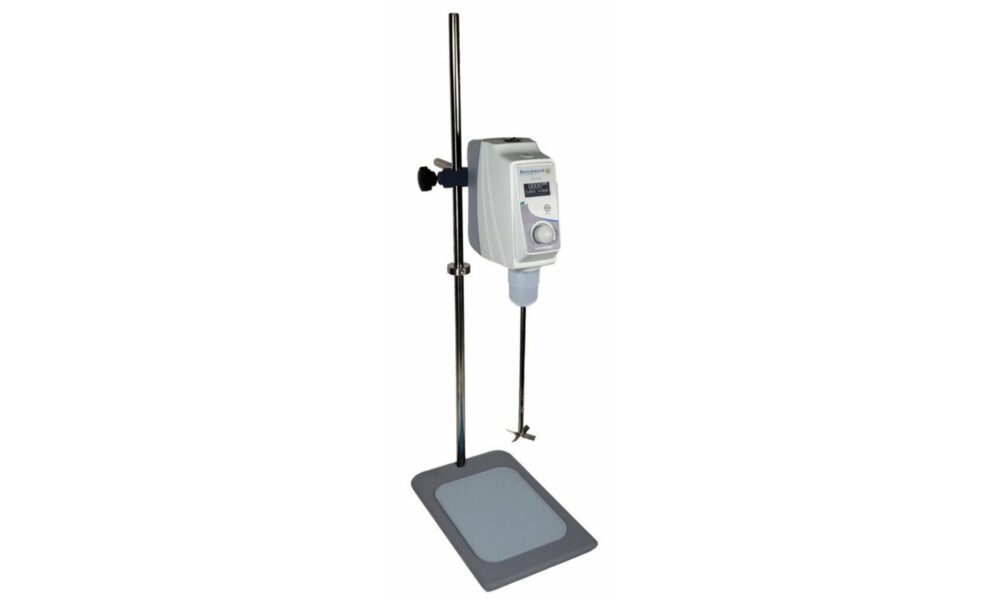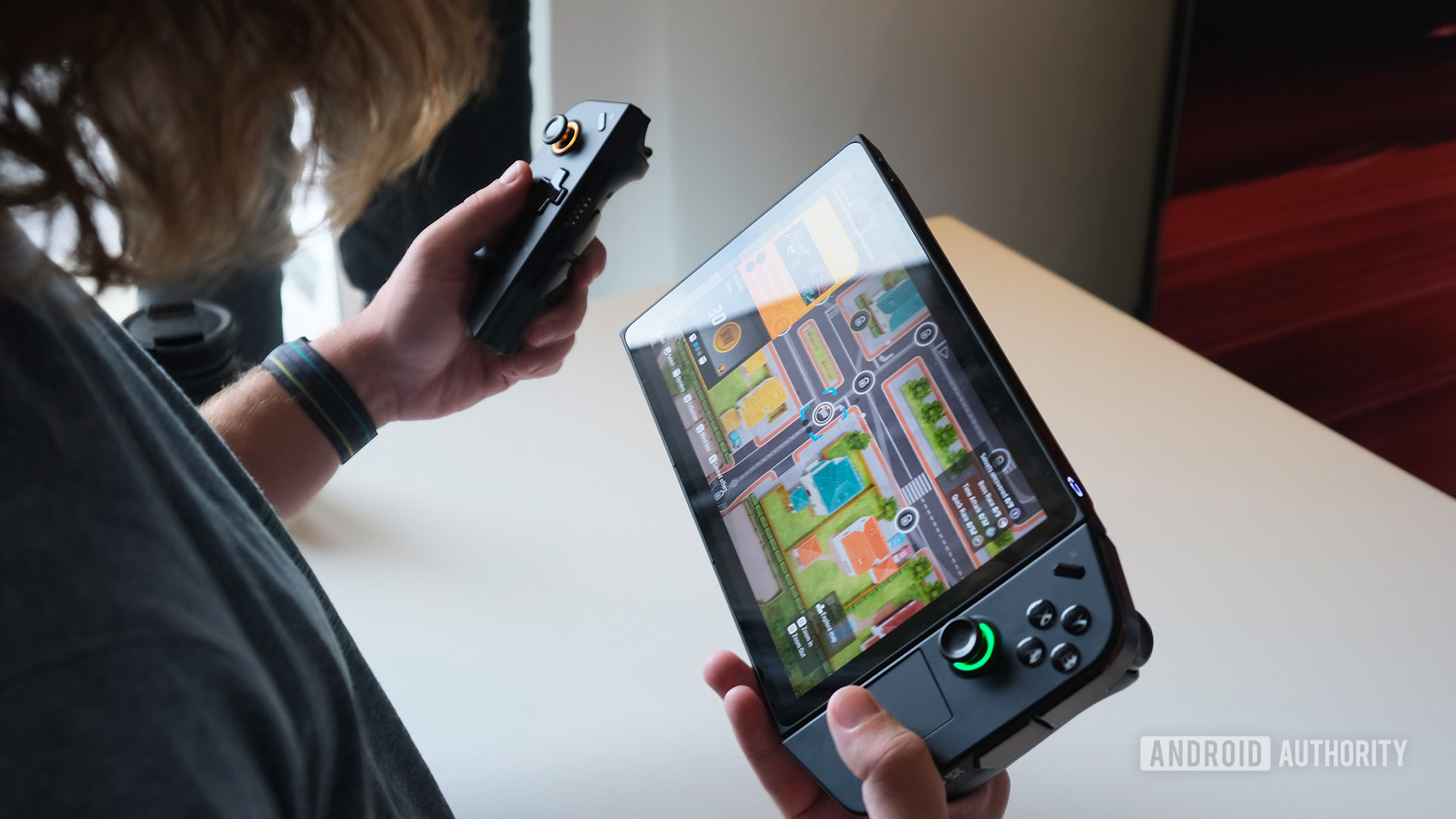Summary
- OLED: per-pixel self-emissive blacks, instant response for gaming/dark rooms; risk of burn-in.
- Mini-LED: huge peak brightness and precise zoned backlight for HDR and bright rooms; essentially no burn-in.
- Pick by use: OLED for contrast and motion; Mini-LED for brightness, HDR and static-content reliability.
When it comes to buying a new TV, eventually, the conversation over OLED and Mini-LED, two of the leading panel technologies today, is going to come up. While both offer a top-tier visual experience, how they actually create the picture and how they handle light and dark are night-and-day different. This gives each its own unique edge when it comes to contrast and brightness.
Don’t just assume what looks good in a store is worth buying. You should know how they work and why you would buy one over the other, and what you want to use the display for. Luckily, we’re here to help, and once you understand the process behind how your image makes it to your screen, you’ll know what you need and why it is better for you.
The Differences between How OLEDs and Mini-LEDs Work
OLED, which stands for Organic Light-Emitting Diode, is built on a cool principle called electroluminescence. This basically means that certain organic compounds emit light when you run an electrical current through them. An OLED display is made of layers of organic semiconductors sandwiched between two conductors. When you apply a voltage, electrons and “holes” (positive charge carriers) meet up in an emissive layer, and boom, energy is released in the form of light. The specific color you see depends on the type of organic molecule used.
The biggest difference-maker in OLED’s design is that every single pixel is self-illuminating. Basically, because they create their own light, OLED displays don’t need a separate backlight system. This simple architecture is what gives OLEDs a massive advantage in true black levels and a theoretically infinite contrast ratio. To make a pixel black, the display simply cuts off the electrical current, and the pixel turns off completely. An inactive OLED element doesn’t consume power or generate light. That absolute absence of light means you get true blacks, which is why OLED is so immersive for dark scenes and cinematic content.
On the other hand, Mini-LED, or Miniature Light Emitting Diode, is a major evolution of the traditional Liquid Crystal Display (LCD). Unlike OLED, LCD pixels are non-emissive, which means they can’t make their own light. They act like tiny shutters, letting light from a source behind the panel shine through. Mini-LED is a backlighting solution specifically designed to improve the picture quality of the underlying LCD panel dramatically.
The core innovation is using a ton of tiny LEDs for the backlight. These Mini-LED chips are way smaller than older LEDs, usually measuring only between 100 and 200 micrometers. This miniaturization lets manufacturers pack thousands, or even tens of thousands, of these diodes behind the LCD screen.
This high density breaks the screen up into a much greater number of independently controllable “dimming zones,” often ranging from hundreds to thousands. This gives the display much more precise control over brightness and light management compared to older LED TVs.
This selective dimming effectively cuts down on the dark-state light leakage that was a common problem with traditional LCDs. The resulting picture has much better contrast and deeper blacks compared to older LED displays.
Contrast, Brightness, Black Level, and Color
Right off the bat, Mini-LED displays are the undisputed champions of raw brightness. This is thanks to their amazing backlighting system, and it makes them absolutely fantastic for viewing in brightly lit spaces, like an office or a living room with lots of windows. If you’re constantly battling high ambient light or screen glare, the Mini-LED is a significant advantage.
Top-tier Mini-LED panels can easily hit peak brightness levels between 1,000 and 2,000 nits, and some flagship or custom models can even push past 3,000 nits, or even reach a stunning 6,500 nits for peak HDR moments. This capability makes the Mini-LED perfect for HDR content, where those brilliant highlights are what make the visual experience look so rich and realistic. The Mini-LED boosts this brightness by illuminating specific zones as needed, which gives you a balanced and natural viewing experience that shows off a much better range of luminance.
On the other hand, OLED displays are in a league of their own when it comes to black levels. Because OLED is a self-emissive technology, every single pixel generates its own light and can be completely turned off when it needs to display black. An inactive OLED pixel doesn’t use any power and generates no light at all.
This is what creates those true blacks that are genuinely devoid of light, giving OLED a superior, theoretically infinite contrast ratio. That perfect black level makes images pop and seriously improves depth and detail, which is exactly what you want in a dark environment like a dedicated home theater.
The difference is obvious when you look at it from the sides, because those pixels light themselves up and don’t need a backlight, the color saturation and contrast stay pretty much perfect even if you’re looking at the screen from a super-wide angle. Mini-LEDs, on the other hand, can sometimes show a tiny bit of color shift or a small dip in contrast when you view them from the side.
Still, due to its lower peak brightness, an OLED relies heavily on its internal tone mapping to accurately compress ultra-bright HDR details into its available luminance range without losing detail. This is something the much brighter Mini-LED does with less effort.
Burn-in Is a Big Factor to Consider
The issue of image retention, which we all call burn-in, is one of the biggest differences between OLED and Mini-LED displays. Burn-in is that annoying ghost image, like a leftover channel logo or a static menu, that just hangs around on your screen permanently, even when the content changes.
Since OLED pixels create their own light using organic compounds, those materials degrade over time as you use them, slowly losing their brightness. If certain pixels, like the ones making up a stationary game HUD or a news ticker, are constantly displaying the same bright thing for ages, they break down faster than the other pixels around them.
Fortunately, manufacturers have gotten super clever with engineering to help prevent this problem. One of the main fixes is Pixel Shifting (sometimes called Screen Shift or Orbit), which subtly and invisibly moves the whole picture a tiny bit at regular times. This method helps to spread the wear across a larger area, so no single group of pixels is stuck displaying that static element forever.
On the other hand, Mini-LED displays are basically immune to permanent burn-in problems. That’s because Mini-LED technology uses inorganic Light-Emitting Diodes to power the backlight behind the LCD panel, so there are no vulnerable organic materials to degrade from static images permanently. So, Mini-LED displays are generally a more dependable choice for long-term use and demanding applications that have static visual elements.
Gaming, Response Time, and Refresh Rates
This instant switching ability is what makes OLED great for both competitive and immersive gaming. You can expect a super-smooth, blur-free experience that honestly feels like night and day compared to other tech. The pixels can turn on and off almost instantly, so they drastically reduce that annoying pixel response time blur that can plague slower screens. This instantaneous reaction keeps the image sharp even during the fastest motion.
While Mini-LED displays are a great evolution of LCD tech, they’re still fundamentally based on a Liquid Crystal Display Module (LCM). This means they rely on that liquid crystal layer and polarizers to actually form the image. The problem is that Mini-LED is a transmissive technology, which means the speed is fundamentally constrained by the physical time it takes for those liquid crystals to move and block or allow light to pass through. Even on the fastest models, this process takes time.
While Mini-LED panels support high refresh rates (often 120Hz or higher), their typical pixel response times still lag behind OLED. Mini-LED response can range from one to three milliseconds or even two to eight milliseconds. Compare that to OLED’s microsecond response, and you can see the speed gap is huge.
On top of that, the Mini-LED has to achieve high-contrast performance by running intricate synchronization between the millions of pixels and the thousands of local dimming zones. The processing required to run the local dimming algorithms and control the backlight array can introduce extra latency or lag, especially when FALD and HDR modes are enabled. OLED, on the other hand, executes per-pixel lighting control instantly without needing any separate backlight control layer.
So even though you’ll see Mini-LED monitors advertised with a super-low 1ms response time, the actual measured gray-to-gray response time can be much worse, particularly when the dimming algorithm struggles to react quickly to changes in color or brightness. If you like video games, just pay the extra price for an OLED.
It’s not just a case of picking one great display technology over another anymore. When you’re looking at Mini-LED versus OLED, you’re really trying to figure out which one fits your specific life and where you’ll be using it. Technology is a lot more specific to situations than it used to be years ago.
This whole battle of brights and darks isn’t about one being dominant; it’s about two different tools for two different jobs. Once you understand the core mechanics, like the per-pixel control you get with OLED versus the zonal backlighting of Mini-LED, you can easily ignore the marketing fluff and choose the technology that gives you the perfect balance of performance and practicality for your world.













